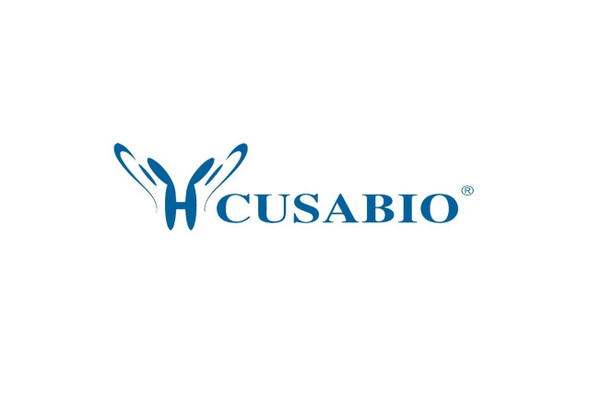Cusabio Polyclonal Antibodies
LMNA Antibody | CSB-PA013003HA01HU
- SKU:
- CSB-PA013003HA01HU
- Availability:
- 3 to 7 Working Days
Description
LMNA Antibody | CSB-PA013003HA01HU | Cusabio
LMNA Antibody is Available at Gentaur Genprice with the fastest delivery.
Online Order Payment is possible or send quotation to info@gentaur.com.
Product Type: Polyclonal Antibody
Target Names: LMNA
Aliases: Prelamin-A/C [Cleaved into: Lamin-A/C (70 kDa lamin) (Renal carcinoma antigen NY-REN-32) ], LMNA, LMN1
Background: Lamins are components of the nuclear lamina, a fibrous layer on the nucleoplasmic side of the inner nuclear membrane, which is thought to provide a framework for the nuclear envelope and may also interact with chromatin. Lamin A and C are present in equal amounts in the lamina of mammals. Plays an important role in nuclear assembly, chromatin organization, nuclear membrane and telomere dynamics. Required for normal development of peripheral nervous system and skeletal muscle and for muscle satellite cell proliferation. Required for osteoblastogenesis and bone formation. Also prevents fat infiltration of muscle and bone marrow, helping to maintain the volume and strength of skeletal muscle and bone.
Isotype: IgG
Conjugate: Non-conjugated
Clonality: Polyclonal
Uniport ID: P02545
Host Species: Rabbit
Species Reactivity: Human, Rat
Immunogen: Recombinant Human Prelamin-A/C protein (385-572AA)
Immunogen Species: Homo sapiens (Human)
Applications: ELISA, WB, IHC, IF
Tested Applications: ELISA, WB, IHC, IF; Recommended dilution: WB:1:1000-1:5000, IHC:1:200-1:500, IF:1:50-1:200
Purification Method: >95%, Protein G purified
Dilution Ratio1: ELISA:1:2000-1:10000
Dilution Ratio2: WB:1:1000-1:5000
Dilution Ratio3: IHC:1:200-1:500
Dilution Ratio4: IF:1:50-1:200
Dilution Ratio5:
Dilution Ratio6:
Buffer: Preservative: 0.03% Proclin 300
Constituents: 50% Glycerol, 0.01M PBS, pH 7.4
Form: Liquid
Storage: Upon receipt, store at -20°C or -80°C. Avoid repeated freeze.
Initial Research Areas: Cell Biology
Research Areas: Cancer;Cell biology;Tags & Cell Markers;Signal transduction













